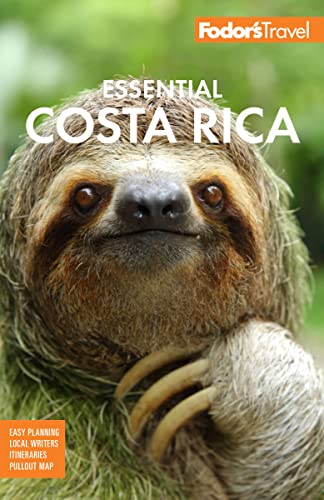As they say, "Location, location, location." Who would think that a small town sitting at the foot of massive Arenal Volcano would attract visitors from around the world? Nobody comes to La Fortuna—an ever-expanding mass of hotels, tour operators, souvenir shops, and sodas (small, family-run restaurants)—to see the town alone. Instead, thousands of tourists flock here each year to use it as a hub for visiting the natural wonders that surround it. The volcano, as well as waterfalls, vast nature preserves, great rafting rivers, and an astonishing array of birds are to be found within an hour or less of your hotel. La Fortuna is also the best place to arrange trips to the Caño Negro National Wildlife Refuge.
Many people who settled the Northern Lowlands came to the then-isolated region in the 1940s and ’50s from other parts of the country to take part in government-sponsored homesteading programs. Thanks to its rich volcanic soil, the agricultural region became one of the most productive in Central America. After the 1968 eruption of Arenal Volcano, La Fortuna was transformed from a tiny, dusty farm town to one of Costa Rica's tourism powerhouses, where visitors converged to see the volcano in action.
As of 2010, the volcano went into a resting phase, which means it is still "active" below the surface, but it's doubtful you’ll see more than a puff of steam. Viewing the volcano's peak can be hit or miss, especially during the rainy season (May through November). One minute Arenal Volcano looms menacingly over the village; the next minute clouds shroud its cone. Early morning (and sometimes late afternoon), especially in the dry season, is the best time to catch a longer glimpse.




